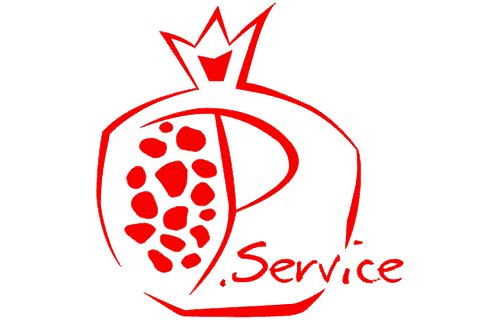- Igiene e sicurezza
- 0 likes
- 3082 views
In this article we deal with best illustrate the disinfecting tools, useful for medical, aesthetic or tattoo, anywhere so you need to disinfect objects, or indeed tools, that will not be in direct contact with the wounds or or mucous membranes which may cause bleeding or micro-cracks. "The instruments and objects that come in contact with intact mucous membranes without penetrating the tissues and that can not be sterilized must be subjected to high level disinfection (eg. Glutaraldehyde 2%, benzalkonium chloride)"
It is divided into three levels:
Low-level disinfection: acts on the vegetative forms of bacteria and fungi, as well as of some viruses.
intermediate-level disinfection: effectively against Tuberculosis bacteria and fungi.
High-level disinfection: also acts on and spore forms of some viruses.
This, however, can also be used as one of the steps belonging to the correct cycle of the sterilization procedure, or the one following the washing step but prior to the packaging and / or sterilization.
The instrument disinfection
The disinfection is the stage subsequent to the washing step of the tools and is not necessary in case of use of the lava-tools, equipment that allows the automatic washing which is precisely the disinfection.
This can be chemical or termica.Disinfezione
Chemical disinfection, more complex, there are 3 stages:
Immersion
rinse
drying
1-DIVING
In the chemical disinfection devices are submerged in a disinfectant solution for irons, it is important to follow the instructions of the chemical manufacturer with regard to the concentration, the temperature and the contact time. The disinfectant solution will be replaced every day. Thermal disinfection in a thermostatic bath (termodisinfettatore) is used. Thermal disinfection is preferable to chemical disinfection as is more easily controlled and there is no presence of any chemical residues.
2-RINSE
After chemical disinfection by immersion, the instruments should be rinsed under running water to leave no traces of disinfectant for medical devices and subsequently has to be dried. The rinsing consists in rinsing the material with water, this to remove the remains of the disinfectant.
3-DRYING
The drying phase is of particular importance since the introduction in the autoclave of a material not completely dry can compromise the subsequent sterilization process. It is done with disposable paper towels or cloth that does not release fibers. Where there are small cavities or narrow lumens it is preferable to use compressed air guns; in this case it is important to the use of PPE, because the production of aerosols.
not embeddable tools
The tools do not immersible, such as wooden objects, files, rasps or other, may be pretreated, disinfecting external surfaces with a disposable cloth and disinfectant solution, and subsequently washed by hand without being immersed, using a cloth + detergent for washing and a cloth + water for rinsing, and then dried thoroughly.
After the disinfection procedure can porcedere to the next step of the sterilization procedure. After a careful visual inspection of disinfected instruments should proceed to the autoclave loading. Here, depending on the type of work we're going to do with the instruments themselves (and therefore the health risk we're going to face) we can proceed in two ways:
PACKAGING (or enveloping)
NOT WRAPPING
The packaging of the tools to be an absolute guarantee (performed the control test result) of the sterility maintenance, has the objective of allowing sterilization, providing physical protection, maintain sterility until use. For this it is however necessary for an autoclave fractionated vacuum (class B) that is able to sterilize even the packed instruments.
NOT the packaging can be carried out in all those cases in which the instruments are used exclusively on the mucosa intact and their use is immediate or in the day.










